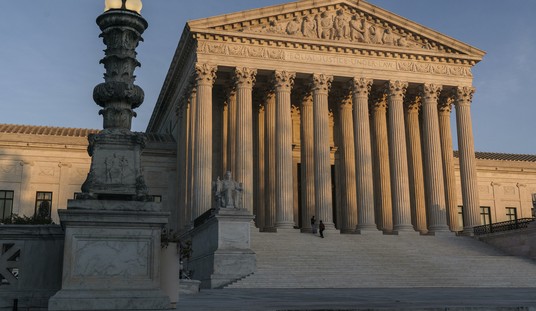It is interesting that the undercounts and overcounts in the census follow red and blue tendencies.
While the once-a-decade process of tabulating the citizenry on behalf of the National Census can never be an exact science, a recent report issued shows some noteworthy vagaries in the data. The U.S. Census Bureau released its 2020 Post-Enumeration Survey Estimation Report, and it has delivered a listing of states that came back with noted variations from the initial census survey.
Those variations carry some revealing results. In total, over a quarter of the states in the union — 14 in total — are shown as having significant errors in the final citizenry counts, some with strong overages and others with undercounted populations. The trend line with how those over/under numbers run seems to follow a distinct blue/red formula.
Of the strong overages, there were eight states:
- Hawaii +6.79%
- Delaware +5.45%
- Rhode Island +5.05%
- Minnesota +3.84%
- New York +3.44%
- Utah +2.59%
- Massachusetts +2.24%
- Ohio +1.49%
Then the six states with the highest number of undercounts are as follows:
- Arkansas -5.04%
- Tennessee -4.78%
- Mississippi -4.11%
- Florida -3.48%
- Illinois -1.97%
- Texas -1.92%
The benefits are pretty clear. Two states — Minnesota and Rhode Island — likely each held onto a Congressional seat they would have otherwise lost. (Minnesota managed to retain its number by a minuscule total of just 26 people.) Meanwhile, Texas and Florida likely missed picking up an additional House seat each. In pre-Census estimates, it was guessed both would gain three additional seats, but they earned two apiece.
As a Census Bureau representative said that these accounting errors are in line with past census results, NPR stated that in the 2010 count there had been no significant over/under errors to report. So what led to this level of error, and why so weighted based on state party leanings?
No direct reason was given for the errors, but two very familiar causes had been cited as an influence: the pandemic and Donald Trump. The former President had cut down the extended counting timeframe, stretched initially for the pandemic. It has been said the Trump administration’s lengthy effort to influence the census count was also a factor, but there are issues with this excuse. The primary thrust of the Trump administration’s involvement had been focusing on illegal residents concerning the apportionment of the House, as well as statewide districting maps.
Trump officials had been working not to avoid counting illegals in the overall census, but to see they – due to not being legal citizens – were not tabulated with regard to those representation issues. For instance, there was a push to have the illegal residents removed from counting when it came to the allocation of representatives, as well as electoral vote totals. At first, it would seem this backfired for red states, as we see immigrant-heavy places like Texas and Florida being undercounted.
Except, Census Bureau officials resisted this effort. An internal email showed the officials were “pessimistic” about executing such a plan. Additionally, one Latino-rights organization praised the Bureau for resisting these efforts and protecting the integrity of the operations.
At this stage, there is nothing that can be done to alter the apportionment. It does appear more than a little curious that the benefits of overcounts favored mostly the blue states and the undercounting looks primarily to have affected the red states. This corrected data will be applied going forward, which means the benefits or handicaps will not be realized for another decade.














Join the conversation as a VIP Member